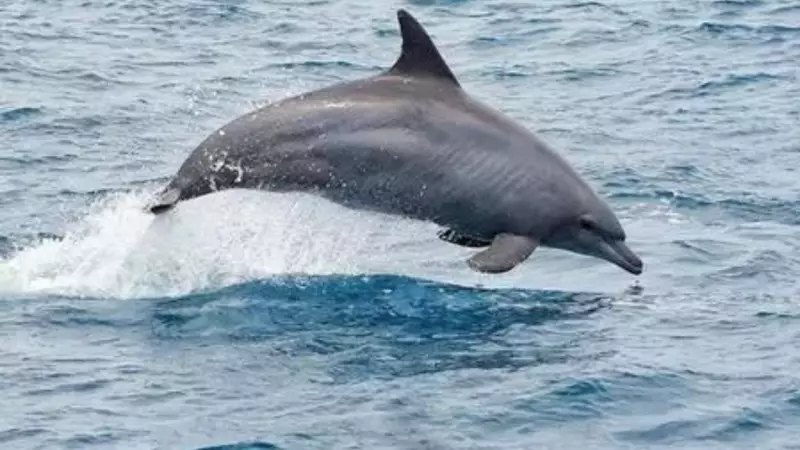
In a significant leap forward for marine conservation, India is embarking on an ambitious new research initiative that will use cutting-edge acoustic tracking technology to study the mysterious lives of its marine mammals. This groundbreaking project promises to transform our understanding of creatures like dugongs, dolphins, and whales in Indian waters.
Revolutionizing Marine Research
The new program represents a major technological upgrade from traditional survey methods. By deploying sophisticated acoustic monitoring devices across strategic locations in the Indian Ocean, researchers will be able to track marine mammals with unprecedented precision and detail.
This innovative approach will provide crucial data on:
- Migration patterns and movement corridors
- Feeding and breeding grounds
- Population dynamics and social structures
- Responses to environmental changes and human activities
Focus on Endangered Species
The research holds particular importance for the conservation of dugongs, often called 'sea cows,' which are classified as vulnerable to extinction. These gentle marine herbivores face numerous threats including habitat loss, fishing net entanglements, and coastal development.
Similarly, various dolphin and whale species that frequent Indian waters will benefit from the enhanced monitoring capabilities. The data gathered will inform conservation strategies and help establish protected marine areas where these magnificent creatures can thrive.
Scientific and Conservation Impact
The acoustic tracking system works by detecting and recording the unique sounds made by different marine mammal species. This non-invasive method allows researchers to monitor animals without disturbing their natural behaviors, providing more accurate insights into their daily lives and ecological needs.
This technological advancement marks a pivotal moment for marine biology in India, bridging the gap between traditional observation methods and modern scientific innovation. The findings are expected to contribute significantly to global marine conservation efforts while positioning India as a leader in marine research technology.
The initiative represents a crucial step toward protecting India's rich marine biodiversity for future generations, ensuring that these majestic ocean inhabitants continue to grace Indian waters for years to come.





